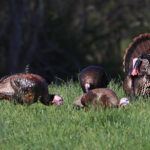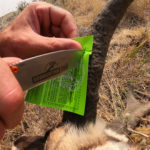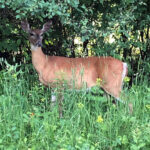It’s been said that we are currently living in the “good old days” of deer hunting. Deer hunting seems to be in its prime. How do we know? Just take a quick look at the numbers. Thanks to the studies and research provided by the National Deer Association (NDA), we gain insight to where we’ve been, and where we’re headed. Check it out in the report below…
Deer hunters in the United States took more adult and mature bucks in the 2019-20 hunting season than ever reported, based on a near-record buck harvest of 2.9 million and a record 39% of those bucks estimated to be 3½ years or older.
This is one of many new insights of the National Deer Association’s 2021 Deer Report, a comprehensive update on the status of deer populations and deer hunting, released today.
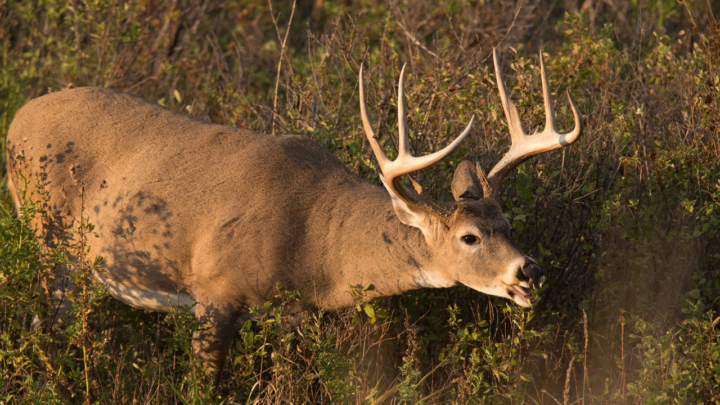
“Hunters now shoot far more bucks that are at least 3½ years old than 1½ years,” said Kip Adams, NDA’s Chief Conservation Officer. “This is very different from hunting seasons a decade or two ago.”
The steadily climbing percentage of 3½-and-older bucks in the harvest is the result of steadily declining pressure nationwide on yearling bucks (1½ years old). Only 28% of the 2019 antlered buck harvest was yearlings, the lowest rate ever reported. The total buck harvest of 2,885,991 was only 2.5% down from the record buck harvest of 2017. As a region, the Northeast bucked this trend, increasing its buck harvest 4% over the 2018 season.
The new Deer Report covers data for the 2019-20 hunting season, the most recent season with complete harvest data available from all major deer states.
Nationally, the antlerless harvest (which includes does and buck fawns) declined 1% from the previous season to 2,864,698 and for the third year in a row was lower than the antlered buck harvest. Modern antlerless harvests first surpassed the buck harvest in the 1999 season and remained higher until 2017.
The antlerless harvest has now declined 12% in the decade from 2009 to 2019. This decline was felt most sharply in the Midwest, where the decline over that period was 27%. Long-term reductions in buck and antlerless harvests have many hunters concerned, and for good reason.
Harvest declines of 20 to 50% are very noticeable, and state wildlife agencies and legislators hear the brunt of this frustration from hunters. Deer management is in a very different period today than a decade ago, and how closely legislators, wildlife agencies and hunters work together will dictate our future deer management successes.
New this year, after 12 years of this report, the National Deer Association has expanded the scope beyond whitetails to include whitetail subspecies like Coues and Key deer as well as other important deer species like mule and black-tailed deer. That’s also why the report has been renamed from the Whitetail Report to the Deer Report. A special section of the 2021 report contains information and harvest statistics on these other deer species.
“With respect to mule deer, all Western states that provided data reported spending more time and money on managing mule deer as opposed to white-tailed deer, and mule deer were hunted more than whitetails in all but one Western state,” said Adams.
A Look at the Numbers
Among other facts to be found in the new Deer Report:
- Sixty-four percent of deer taken in the 2019-20 season were killed with a firearm compared to 25% with archery equipment and 10% with a muzzleloader.
- New Jersey had the highest percentage of deer harvest with archery equipment at 63%, Rhode Island was highest with muzzleloaders at 48%, and Idaho was highest in rifle/shotgun deer harvest with 94%
- Texas had the highest total buck harvest at 460,242.
- Michigan killed the most bucks per square mile at 3.7.
- Mississippi killed the most bucks per 100 hunters at 70.

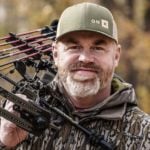 By
By 